Picture this: you’re settling down for the evening when your cat suddenly freezes, staring intensely at an empty corner. Or perhaps you wake up at 3 AM to the sound of your feline companion racing through the house like they’re being chased by invisible demons. These moments make us wonder if our cats are accessing some mystical realm beyond our understanding.
The behavior of cats can perplex even their staunchest fans, and these are among the purported findings of recent scientific studies aimed at deciphering the behavior of some of our most mysterious yet ubiquitous companions: pet cats. While researchers have made remarkable progress in understanding our feline friends, certain behaviors continue to mystify both scientists and cat owners alike. Let’s dive into these enigmatic displays that remind us why cats have captivated human imagination for millennia.
The Phantom Stare: When Cats See the Invisible
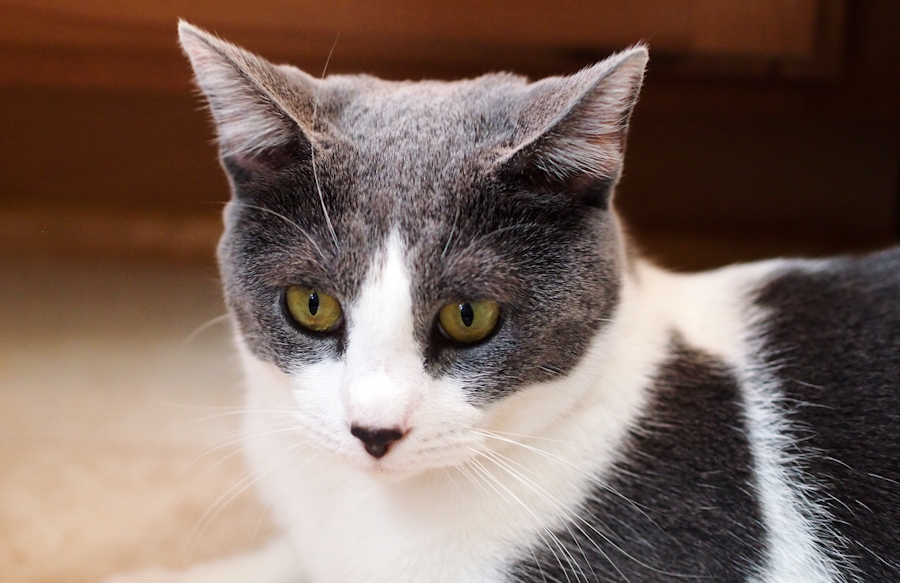
Nothing sends a chill down your spine quite like catching your cat locked in an intense stare at what appears to be absolutely nothing. No, your home isn’t haunted and your cat isn’t communing with spirits. What’s likely happening is that your furry feline saw or heard something for less than a second, but even that was enough to get – and keep – their attention.
Humans can only hear as high as 20,000 hertz while cats can hear up to 64,000 Hz. Suchak also says that cats can hear at a lower volume. Where humans can hear high and low sounds if they’re loud enough, cats can pick them out at lower decibels. Scientists explain that cats’ eyes are specially designed with a high concentration of rod cells, allowing them to detect even the slightest movements in low-light conditions. Additionally, cats may have enhanced visual capabilities in certain light spectrums, potentially opening up visual information that’s completely invisible to humans.
This behavior hearkens back to their prey-stalking instinct. Cats are ambush predators, so they don’t immediately charge after their target. “When they detect something that might be prey, they should wait and see before chasing,” Suchak says. “Then once they do chase and it disappears, they should wait it out.”
The 3 AM Racing Olympics: Midnight Zoomies Phenomenon

Just when you thought your house was peaceful, your cat transforms into a furry tornado. Some may call it the witching hour, others know it as the nighttime “crazies,” and scientists refer to it as frenetic random activity periods (FRAPs). However, it’s most commonly known as the “zoomies” – this sudden burst of hyperactivity that mystifies many cat parents.
From a neurological perspective, cat zoomies are thought to be triggered by the release of excess energy in the form of dopamine, a neurotransmitter associated with pleasure and reward. When cats experience heightened arousal or excitement, dopamine is released in their brains, leading to an increase in energy levels. However, the exact timing remains puzzling.
Cats are crepuscular animals, meaning that they are biologically wired to experience their peak hours of activity during twilight, at dawn, and dusk. That being said, cats’ internal clocks and sleep-wake cycles are much different than ours. Take note of when your cat gets zoomies – you may notice they line up with early mornings and evenings, or they may run around without warning in the middle of the night. Yet why some cats choose the dead of night for their athletic performances while others prefer dawn remains a scientific mystery.
The Post-Bathroom Victory Lap: Euphoric Elimination Sprints
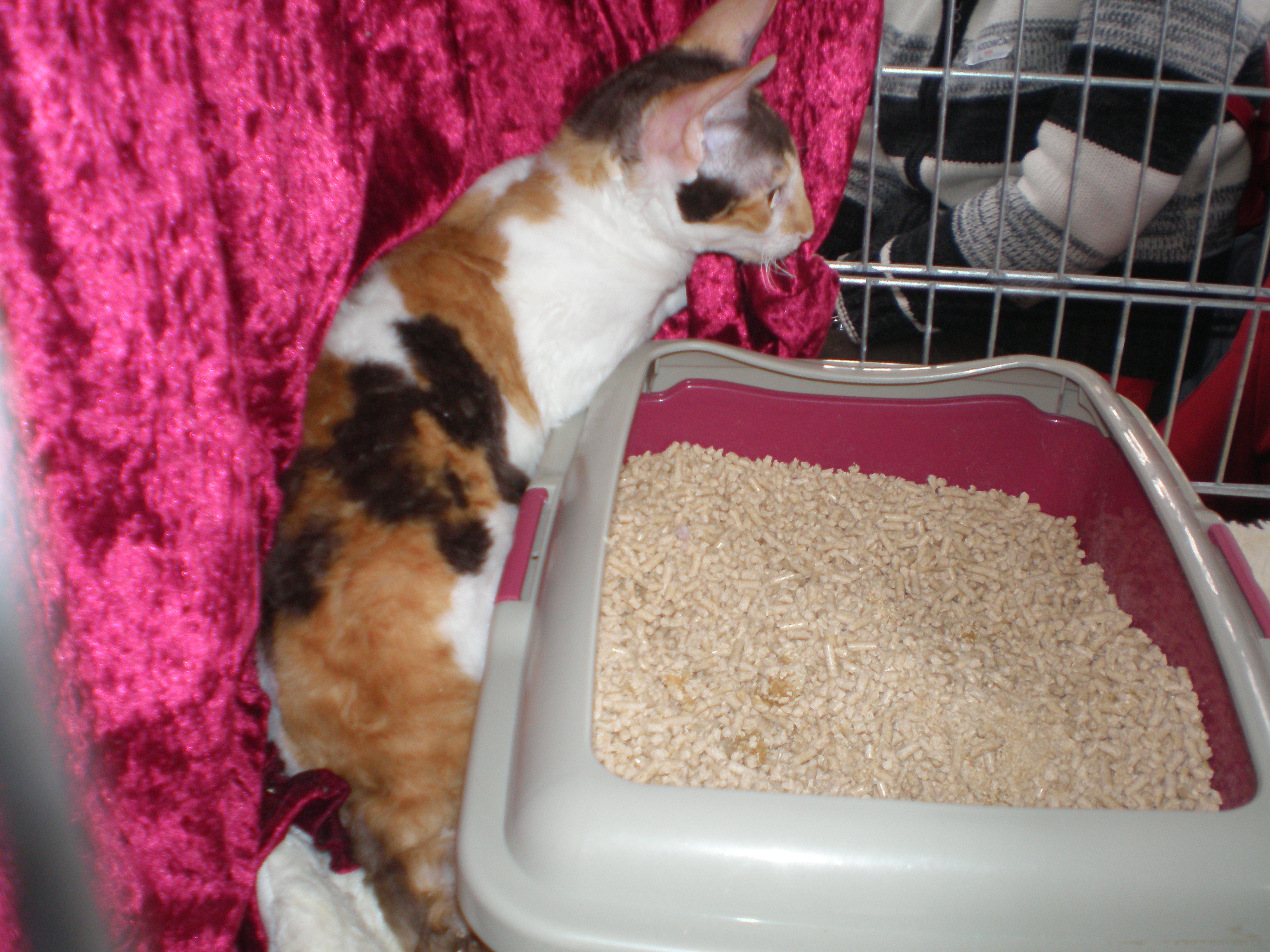
Perhaps one of the most amusing yet baffling behaviors is when cats shoot out of the litter box like they’ve just completed a major life achievement. One of the funnier cases of this high-energy habit is cat zoomies after pooping. There is something about a good poop that gives cats a surge of energy. Maybe they are more comfortable and a little bit lighter, but it’s not uncommon for cats to take a few laps around the house after leaving the litter box.
Science offers several theories but no definitive answer. If your kitty tends to get the zoomies after using the litter box, some theorize there may be a connection to the vagus nerve that goes from brain to colon. Kitty may be feeling a bit lightheaded or relieved or even euphoric after using the litter box. Another theory suggests it’s purely instinctual: it’s also their natural inclination to stay far away from the smell of their own poop, which is not only an offensive odor but also lets predators know where they are.
The fact that this behavior appears across different cat breeds and environments suggests a deeper evolutionary programming that scientists haven’t fully decoded.
The Mystical Kneading Ritual: Making Invisible Biscuits
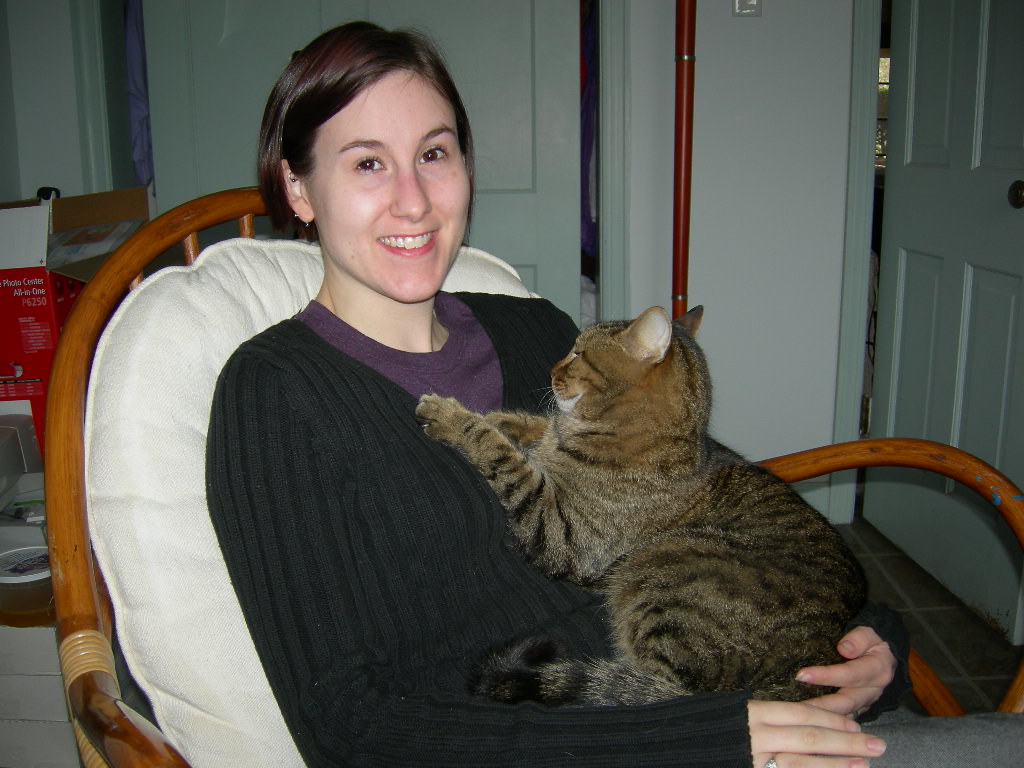
Watch a cat kneading and you’ll witness what looks like an ancient ritual. When your cat presses their paws into you and massages back and forth, it can be an enjoyable feline behavior. Your kitty’s instinct to do this traces back to their earliest days of nursing. By pressing his paws on their mother’s mammary glands, it encouraged better milk production.
Yet the mystery deepens when you consider the variations. It’s likely that kneading does, too, since a cat has scent glands in their paws as well. Many cats show at least some kneading behavior throughout their lives, but some take it to a real art form–pawing, purring, and drooling combined. Some cats knead air, others knead specific textures, and some seem to enter trance-like states while doing it.
When your cat does this as an adult they are either content, and showing that they’re happy, or they’re is trying to alleviate stress and the habit is one to calm themselves down. Either way, take it as a compliment that you remind him of his mommy! However, scientists still can’t fully explain why some cats never knead while others become obsessive about it, or why the behavior intensifies in certain situations.
The Purring Paradox: Healing Vibrations Beyond Happiness
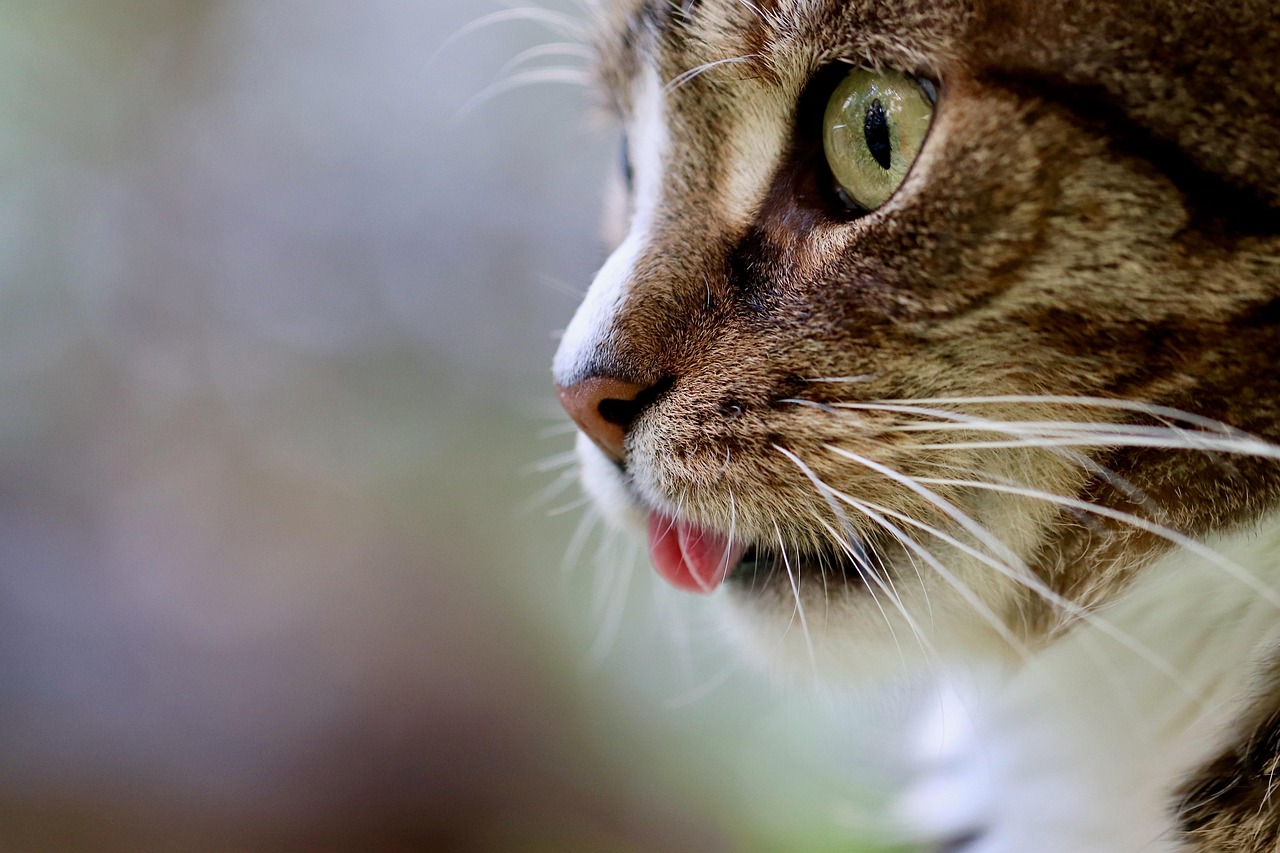
Everyone knows cats purr when happy, right? Well, science reveals this assumption barely scratches the surface. It happens when the cat’s larynx vibrates at frequencies typically between 20 and 50 Hz. Most of us think of cats purring when they are happy or content. But cats also purr at times of fear, stress and pain. It’s possible the act of purring when less than happy is a bit like humans whistling in the dark – they may be attempting to self-soothe with an act that is usually associated with a happier time.
Though many assume that purring is a clear sign of contentment, cats also purr in other circumstances such as when they are anxious, sick, or even in pain. Scientists believe that purring has self-healing properties, as the sound frequency of a cat’s purr may promote healing of bones and tissues. Therefore, while a cat’s purr can indicate happiness, it is essential to observe other behavioral signals for a full picture of a cat’s emotional state.
The most mystifying aspect? Cats can purr while inhaling and exhaling simultaneously, a feat that defies our understanding of typical mammalian vocal mechanics. The exact mechanism remains partially unexplained, adding another layer to the purring mystery.
The Chattering Prophecy: Predicting Phantom Prey
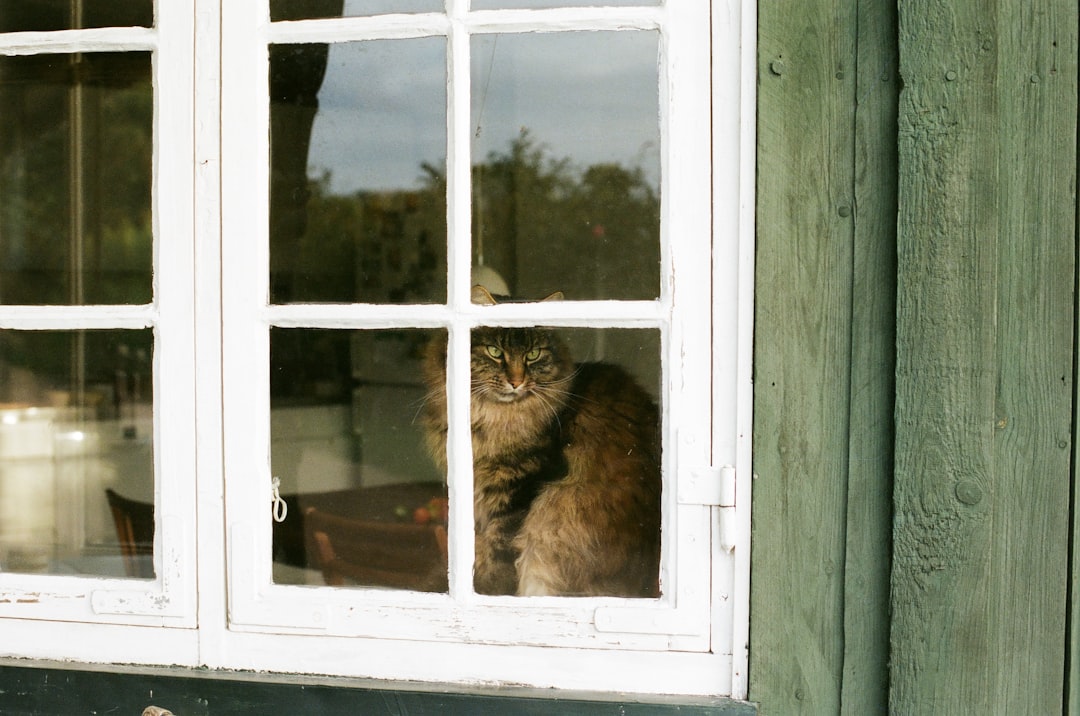
You have probably heard your cat emit a fast and intense teeth chattering- especially when they spot a bird while gazing out of a window. Behaviorists speculate that this is because your cat is frustrated that they cannot get outside to hunt prey. They also may be excited and slightly aggravated.
This behavior becomes truly mystifying when cats chatter at empty windows or even at walls where no visible prey exists. If you’ve noticed your cat making a sort of a rapid-fire chattering, chirping sound at birds, you’re not alone. Cats chirping at birds mainly has to do with the fact that cats are (gasp!) predators and birds are their prey. Basically, it’s their natural hunting instincts kicking in.
Yet cats have been observed chattering at absolutely nothing visible to human eyes, suggesting they might be detecting prey through senses we don’t fully understand. Some researchers theorize they’re responding to ultrasonic sounds or movements too subtle for human perception, but the precise trigger remains elusive. The fact that indoor cats who’ve never hunted display this behavior with the same intensity as outdoor hunters adds another puzzling dimension.
The Mysterious Slow Blink: Telepathic Cat Kisses
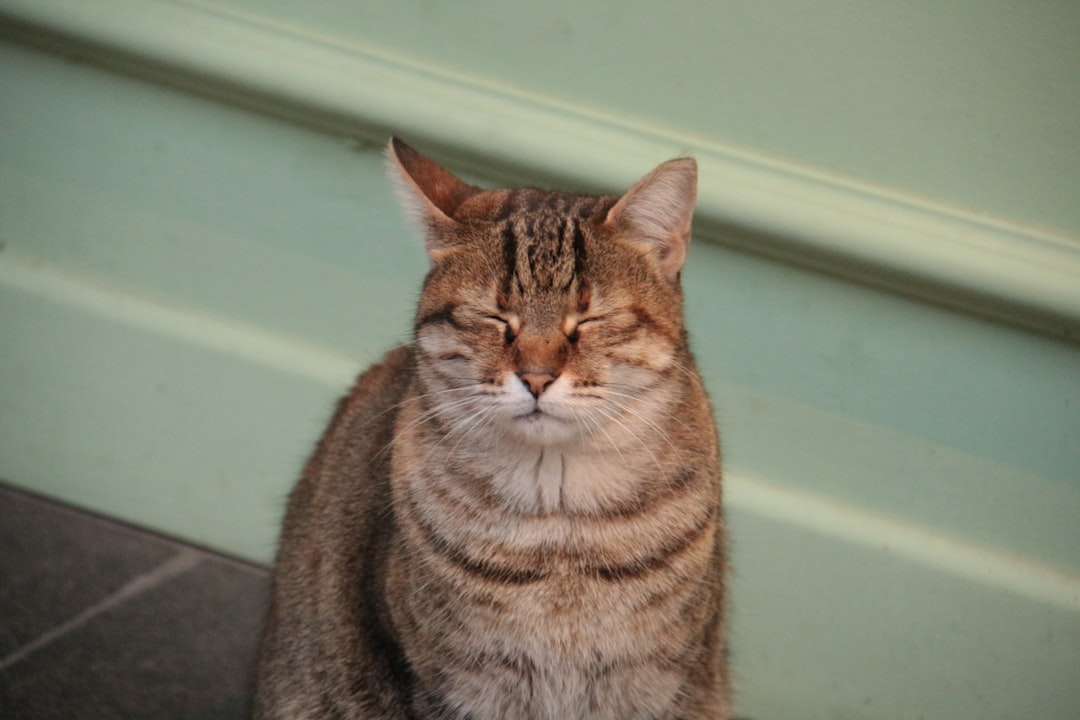
Have you ever noticed your kitty slowly blinking at you? Behaviorist call this act “kitty kisses.” These slow blinks are your feline’s way of showing affection and telling you that they like and trust you. If you blink slowly back at them, they most likely will continue to blow “kitty kisses” your way.
What baffles researchers is the specificity and apparent intentionality of this behavior. Unlike other forms of animal communication that serve obvious survival purposes, slow blinking seems designed purely for social bonding. Studies have shown that cats are capable of forming deep attachments to their human companions. They exhibit signs of separation anxiety and can even mimic human emotions. A cat’s subtle gestures, such as slow blinking or gently kneading with their paws, are expressions of affection and bonding.
The mystery deepens when you consider that cats reserve this behavior primarily for beings they trust completely. They don’t slow blink at potential threats or unfamiliar cats in the same way. The neurological processes behind this selective emotional expression remain largely unexplored, making it one of the most endearing yet scientifically puzzling aspects of cat behavior.
Conclusion
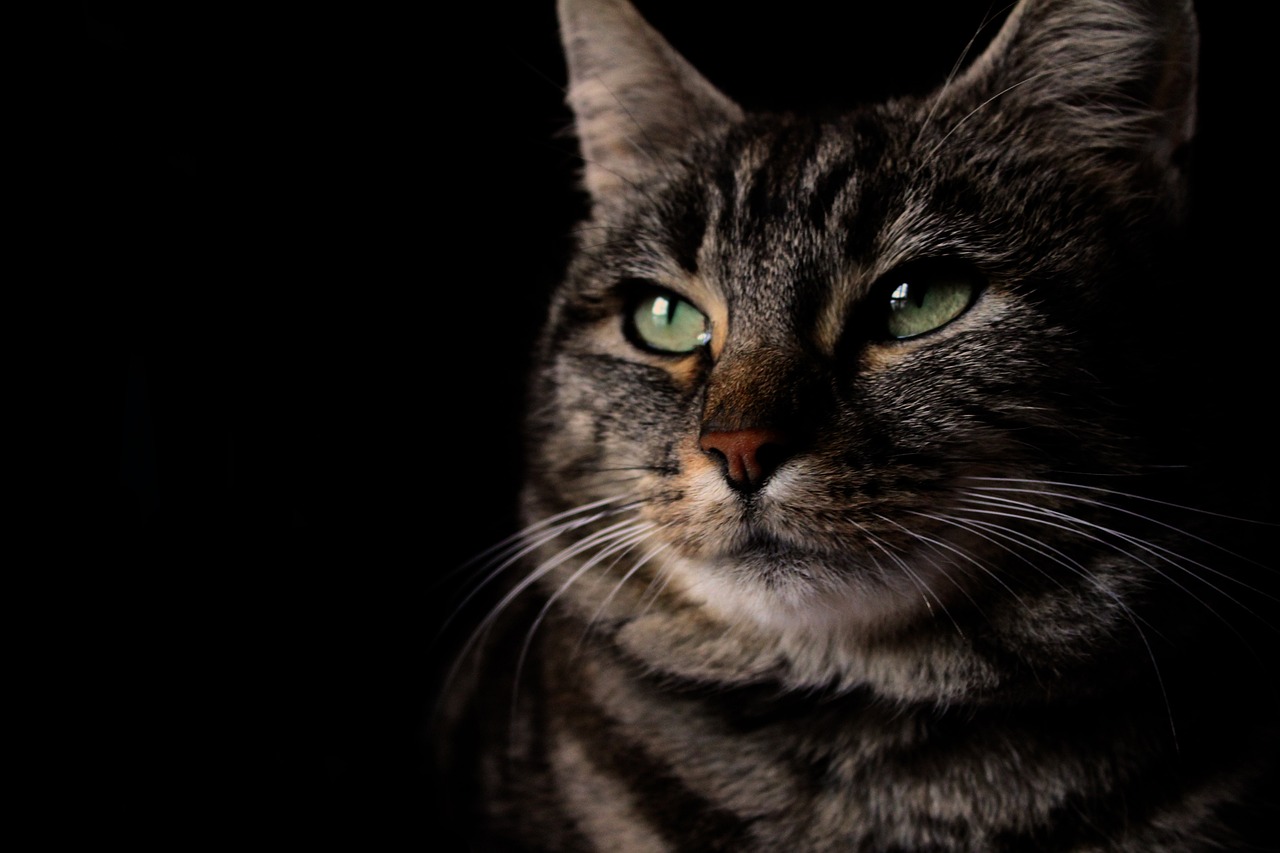
Research into cat behavior is extremely limited, and, according to veterinary behavior expert Carlo Siracusa and animal ethics and welfare professor James Serpell of Penn’s School of Veterinary Medicine, the mainstream media – and sometimes scientists themselves – have a habit of overinterpreting such studies. These seven mystical behaviors remind us that despite thousands of years of companionship, our feline friends continue to guard their secrets.
Although we have learned much about domestic cats and their relationships with people, there are still many unanswered questions of interest to scientists and the lay public. Perhaps that’s exactly how it should be. In our rush to explain everything scientifically, we sometimes forget that mystery itself has value. These unexplained behaviors are part of what makes cats so captivating, reminding us that even in our modern, analyzed world, some magic remains untouchable by science.
What mysteries has your cat revealed to you lately? Have you witnessed any of these baffling behaviors that science can’t fully explain?





